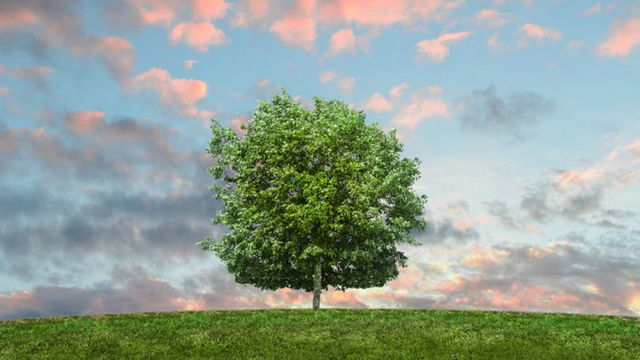
By Andrew Muir, Director at Wilderness Foundation
Are Renewables Sustainable?
“Sustainability” must include minimization of collateral damage from the development of these green energies and solutions to this situation can only be found when we have defined our 21st century relationship with the natural world.
Roughly 90% of the world’s primary energy still comes from fossil fuels. Projections for 2030 offer a figure close to 80%. Judging from this, there is no way that the Earth can sustain 7 billion people, each using 20 tonnes of materials every year. We are living beyond the capacity of our planet to regenerate resources, whilst at the same time pumping out more carbon than the ecosystems can absorb. As things stand now, humankind will need two planet Earths to sustain its current rate of consumption of resources by 2030. Being aware of the challenges is the first step towards addressing it.
Kick-start the green economy
One of the keys is kick-starting the green economy. By injecting money and skills resources into the development of solar powered geysers and other alternative energy options, we would not have to build two new coal-fired power stations.
If we use the trillion rand government is set to spend launching its nuclear programme on putting rainwater tanks in every garden and building our own wind turbines instead of importing them, we would create new, sustainable industries and hundreds of thousands of jobs. The more local we go, the better the jobs and skills benefits for our country, the less carbon is being generated in getting the products here, and the greener it gets!
The definition of “renewable” itself is subject to caution
International institutions recognize hydroelectricity as renewable energy, but the impact on biodiversity by large hydroelectric projects is neither “green”, nor is the footprint minimal.
Wind energy in the form of modern wind farms is the fastest growing technology within the renewables sector in South Africa. To date, all the major components including the tower, blades and motors of these giant turbines are imported, often across thousands of miles from factories in Scotland and elsewhere. Can this really be called green and low impact?
A standard wind turbine requires several hundred pounds of neodymium, a rare earth metal. Inevitably, whilst addressing the CO2 issue, these technologies will translate into an awful lot of mining.
Solar panels, wind turbines and electric cars are dependent on many different metals for their design and construction. If the world manages to move away from fossil fuels to these green technologies, a lot of metals and minerals will be required.
Just because it is renewable, does not always mean that it is sustainable. We are all committed to the generation of sustainable energy through ‘clean’ methods. However for ‘green’ alternatives to be sustainable, their production and life cycle costs need to incur minimal collateral damage to the environment and surrounding communities.
The sustainable solution
The energies of the sun and wind are free, but harnessing these energies is not. There is a danger in blindly relying on these green energies to bail us out. What we need is a much deeper redefinition of our relationship with the natural world, and this in turn means a thorough examination of our impact on the planet.
We should not give up on renewable energy, but we have to recognize the price that the Earth has to pay for these technologies. Producing components at source, using local knowledge and labour, and creating a holistic green industry around the renewable projects will contribute towards their sustainability.
